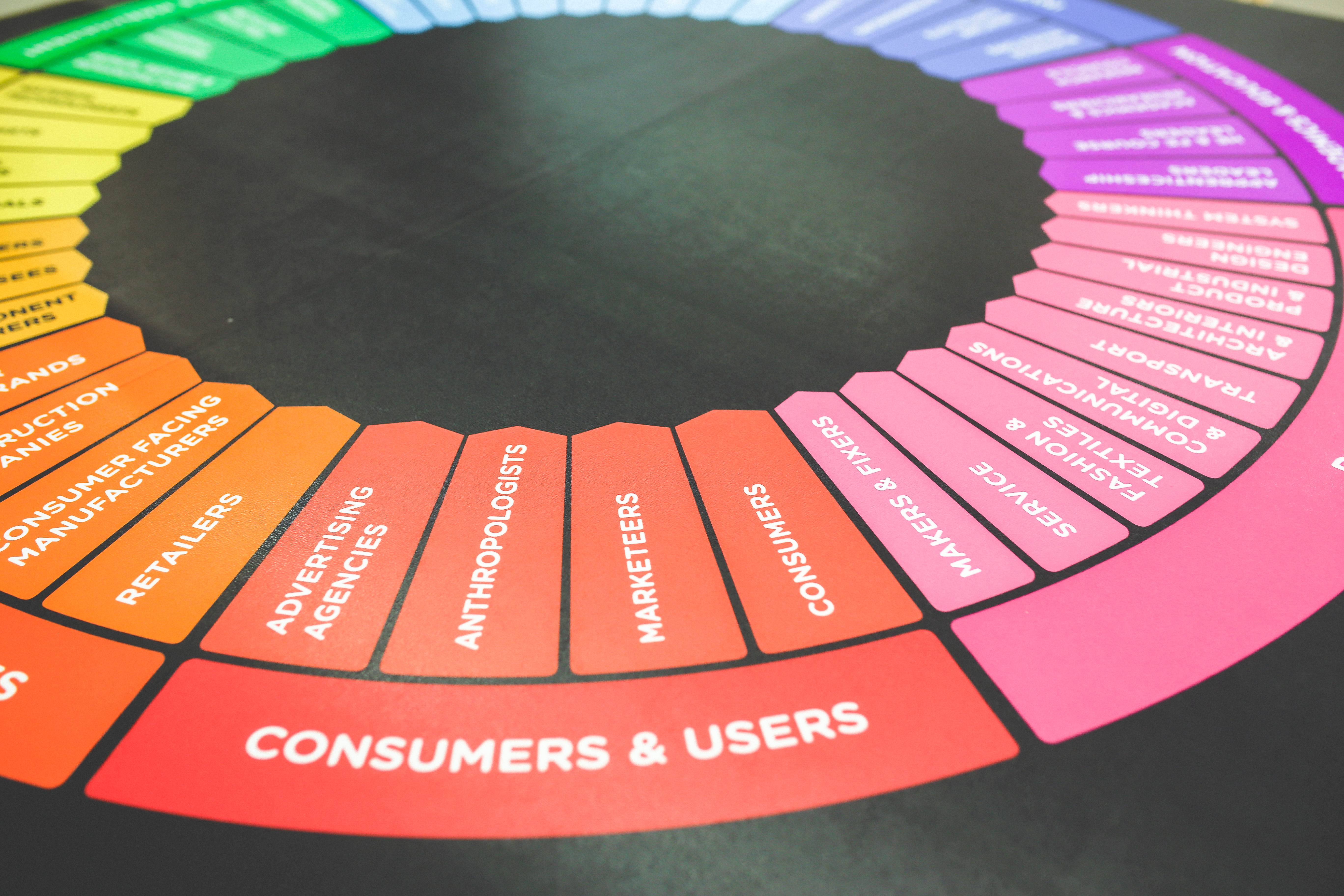Marketing Segmentation Examples
Question: Is it possible to make everyone happy? Some may try their best to be as ‘unhateable’ as possible so that there won’t be any problems with them in the future. But, that is simply impossible. No matter what you try to do to please everyone, you will always be hated for something or the other. All people have tried. But, do you know the secret? It is to stop trying. It’s the same principles when you set up a business. There are others who may love McDonald’s, but there are also people who hate McDonald’s and prefer to go to Popeye’s for their chicken. You may also see what is internet marketing?
Marvel fans shrieked and jumped for joy when the latest Avengers: Infinity War trailer came out, but there are still some viewers who do not like it. Businesses do not have to waste time and think about catering to the all of the public, but to only a specific portion of that public in which the business can testify, it is thanks to their target audience that have made them survive throughout the years. And, this is called marketing segmentation. You may also like email marketing examples

What is Market Segmentation?
This is one of the most efficient tools for marketers to cater to their target group. Used by marketers since the late 1900’s, marketing segmentation allows users to personalize their campaigns, focus on what’s necessary, and to group similar consumers to target a specific audience in a cost-effective manner. You may also check out marketing report examples
Simple though it may be, it is of vital significance for forming any marketing plan. It is a process of dividing the market of potential customers into different groups and segments on the basis of certain qualities or traits. The member of these groups share similar characteristics and usually have one or more than one aspect common among them.
There are many reasons as to why market segmentation is done. One of them is because they can create custom marketing mix for each segment and cater to them accordingly.
Present-day market segmentation exists basically to solve one major problem of marketers; more conversions. More conversion is possible through personalized marketing campaigns which require marketers to segment market and draft better product and communication strategies according to the needs of the segment. You may also see marketing checklist examples & samples

The Basis of Market Segmentation
Segmenting is dividing a group into subgroups according to some set ‘basis’. These bases range from age, gender, etc. to psychographic factors like attitude, interest, values, etc.
1. Gender
This is perhaps the simplest and most common basis of marketing segmentation. It can be as simple as boys like action figures while girls like dolls. Although that concept still applies, the fictional line between what each gender wants blurs as there are men who now buy cosmetics for their own personal use. You may also like types of marketing styles in doc
2. Age group
This basis of market segmentation is typically found in magazines or in books. In some countries, publishers would have a special magazine dedicated to the youth showing them a wide array of content, ranging from popular TV shows to today’s latest video game hits and favorite character on the big screen. For teenagers, publishers will more likely publish content that is in line with present fashion trends. You may also check out marketing plan examples & samples
3. Income
Income decides the purchasing power of the target audience. It is also one of the key factors to decide whether to market the product as a need, want or a luxury. Marketers usually segment the market into three different groups considering their income. These are:
- High Income Group
- Mid-Income Group
- Low Income Group
This division also varies according to the product, its use, and the area the business is operating in. You may also see how to create an executive summary of a marketing plan
4. Place
Location, location, location. Businesses that sell winter clothes in Egypt are sure to fail very soon. It is important to observe the geography of the destination and understand what the needs are in that certain place to cater to them.
5. Occupation
Business organizations have the duty to understand that just as there are many professions and jobs in this world, so are their desires and needs in life. For instance, a photojournalist would not benefit so much from buying a $10,000 watch. He would instead benefit if he used that money to purchase a camera that has a wide-zoom lens, or if he still has extra, a drone or other camera accessories. You may also like what is brand marketing?
6. Usage
Product usage also acts as a segmenting basis. A user can be labeled as heavy, medium or light user of a product. The audience can also be segmented on the basis of their awareness of the product.
7. Lifestyle
Other than physical factors, marketers also segment the market on the basis of lifestyle. Lifestyle includes subsets like marital status, interests, hobbies, religion, values, and other psychographic factors which affect the decision making of an individual. You may also check out marketing email examples & samples

Types of Market Segmentation
1. Geographic Segmentation
As per the name suggests, this kind of market segmentation is based on location. For instance, countries that only have two seasons (wet and dry) may find no use for winter clothes or winter accessories. Or a country that considers water more precious than diamonds may have more need for bottled water than a country that thrives in it. You may also see successful marketing campaign examples
2. Demographic Segmentation
Age, gender, marital status, family size, income, religion, race, occupation, nationality, etc. These are all examples of demographic variables and is considered one of the most common segmentation practice among the marketers. Demographic segmentation is seen almost in every industry like automobiles, beauty products, mobile phones, apparels, etc… You may also like marketing strategies for small businesses
3. Behavioral Segmentation
The market is also categorized according to audience’s behavior, usage, preference, choices and decision making. The segments are usually divided based on their knowledge of the product and usage of the product. It is believed that the knowledge of the product and its use affects the buying decision of an individual. The audience can be segmented into – You may also like marketing questionnaire examples & samples
- Those who know about the product.
- Those who don’t know about the product.
- Ex-users.
- Potential users.
- Current Users.
- First time users, etc.
People can be labeled as brand loyal, brand-neutral, or competitor loyal. They can also be labeled according to their usage. For instance, people who often drink Starbucks coffee will just retain their preference, instead of trying another brand of coffee since they already like the way Starbucks’ baristas prepare their coffee and do not wish to try something new. You may also check out marketing goals examples
4. Psychographic Segmentation
Psychographic segmentation divides the audience basing on their personality, lifestyle and attitude. This segmentation process works on a premise that consumer buying behavior can be influenced by his personality and lifestyle. Personality is the combination of traits and qualities that form an individual’s distinctive character and includes habits, traits, attitude, temperament, etc. Lifestyle is how a person lives his life. You may also see marketing flow chart examples & samples
Personality and lifestyle influence the buying decision and habits of a person to a great extent. A person having a lavish lifestyle may consider having an air conditioner in every room as a need, whereas a person living in the same city but having a conservative lifestyle may consider it as a luxury. You may also like marketing research questionnaire examples & samples
Nature of a Market Segment
A market segment needs to be homogeneous. There should be something common among the individuals of the segment that the marketer can capitalize on. Marketers also need to check that different segments have different distinguishing features that make them unique. But, segmenting requires more than just similar features. Marketers must also ensure that the individuals of the segment respond in a similar way to the stimulus. That is, the segment must have a similar type of reaction to the marketing activities being pitched. You may also check out marketing checklist examples and templates
Examples of Market Segmentation
Market segmentation is a common practice among all the industries. It is not possible for a marketer to address the mass with same marketing strategy. It has to be something new and fresh. Here are some examples of market segmentation to prove this point.
1. Marketers will only waste their time and might end up making fun of themselves if they don’t segment the market while marketing beauty products.
2. A company that sells nutritious food might market the product to the older people while fast-food chains target the working demographic or teens. You may also see relationship marketing examples that make an impact
3. Sports brands often segment the market based on the sports they play which help them market the sports specific products to the right audience.
Market segmentation is a convenient method that the marketers would use in order to cut costs and boost their conversions, allowing them to be specific in their planning and thus provide better results. It ultimately helps them to target the niche user base by making smaller segments.


